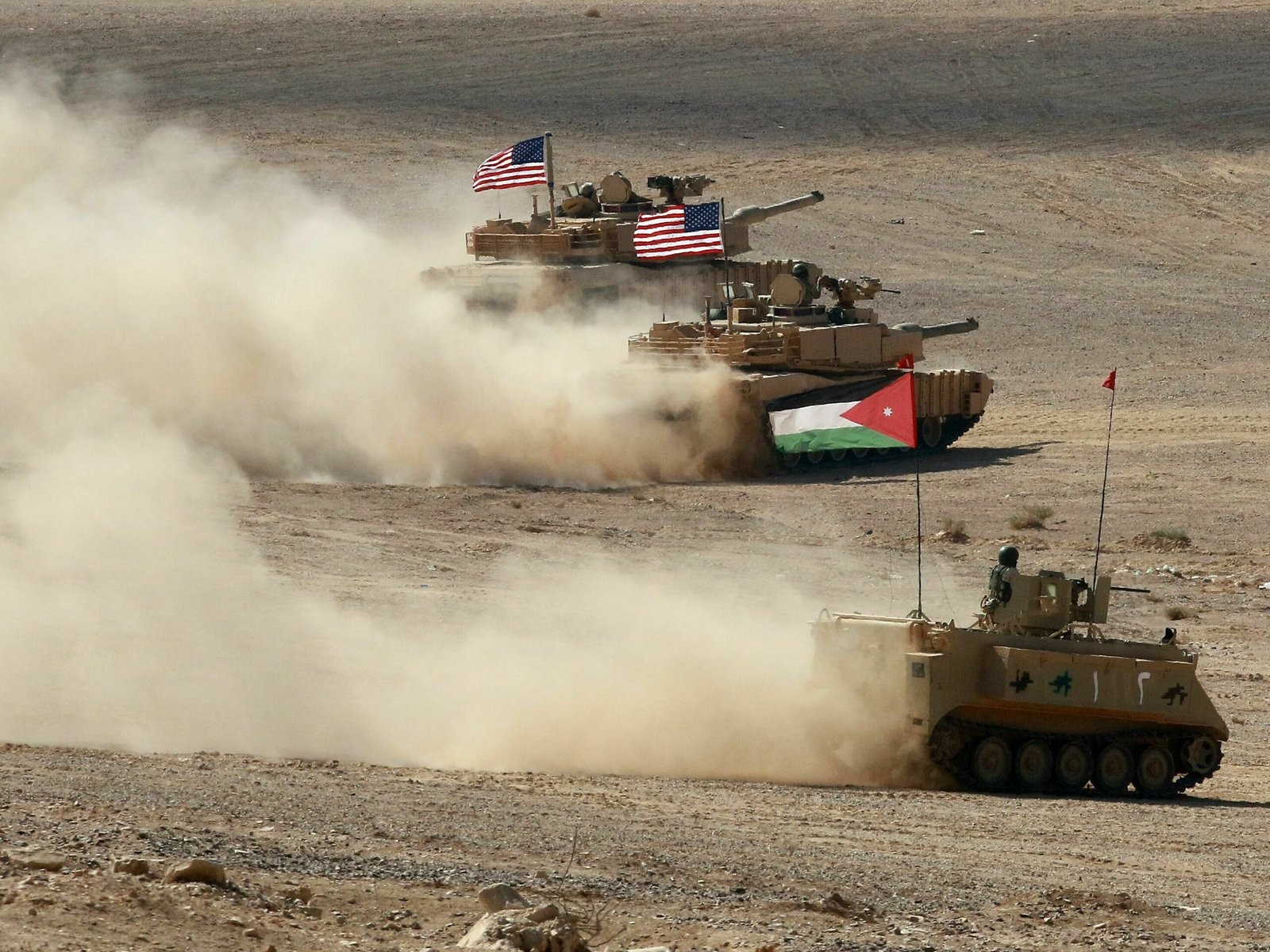A potential mix-up at a U.S. base in Jordan may have resulted in a lethal drone attack that killed three soldiers and injured at least 40 on Sunday. The attack is being attributed to Iran by American and NATO officials. According to preliminary assessments cited by unnamed U.S. officials, the exploding drone may have been mistaken for a U.S. drone in the area, allowing it to penetrate defenses and detonate. White House national security spokesman John Kirby couldn’t confirm this information.
Top U.S. and NATO officials have dismissed Iran’s denial of involvement and are taking a strong stance against the attacks. Defense Secretary Lloyd Austin expressed outrage and sorrow for the deaths and injuries, emphasizing that attacks on U.S. forces will not be tolerated. NATO Secretary-General Jens Stoltenberg attributed the attack to Iran and Yemen-based Houthi militants, stating that the U.S. is leading international efforts to counter such assaults.
The Islamic Resistance in Iraq, a coalition supported by Iran, claimed responsibility for the Jordan attack. However, Iran denies direct involvement, stating that militant groups in the region do not take orders from Tehran. President Joe Biden and Pentagon officials have placed blame on Iran, pledging to hold those responsible accountable. The number of U.S. troops injured in the attack has risen to 40, with some being transferred to a military hospital in Landstuhl, Germany, for higher-level care.
The Army identified the three soldiers killed as Sgt. William Rivers, Spc. Kennedy Sanders, and Spc. Breonna Moffett. The attack occurred at Tower 22, a U.S. military outpost in Jordan, marking the third assault on the facility in the last six months. The incident highlights the vulnerability of U.S. troops, with concerns raised about the mission’s purpose and the repeated exposure of forces to drone, missile, and rocket attacks.
While Israel faces its own challenges, including reports of a potential cease-fire deal and controversy surrounding UNRWA, the focus remains on the repercussions of the deadly drone attack in Jordan. The Biden administration grapples with options for responding to the attack, with considerations about how to deter future assaults from Iran-backed groups. Despite calls for a robust response, experts note the limited options available and the likelihood of proxy attacks continuing in the region.
The attack underscores the evolving threat posed by one-way drones, prompting the Pentagon to address the vulnerability of U.S. bases to such attacks. The ongoing geopolitical tensions and the complex dynamics in the Middle East contribute to the challenges of formulating an effective response to the increasing use of drones in hostile actions.
As the situation unfolds, policymakers and military leaders will need to navigate the complexities of the region, balancing the need for a strong response with the risk of escalating tensions. The tragic loss of lives and the heightened security concerns emphasize the critical importance of addressing the emerging threats and enhancing defenses against unconventional attacks on U.S. military installations.
